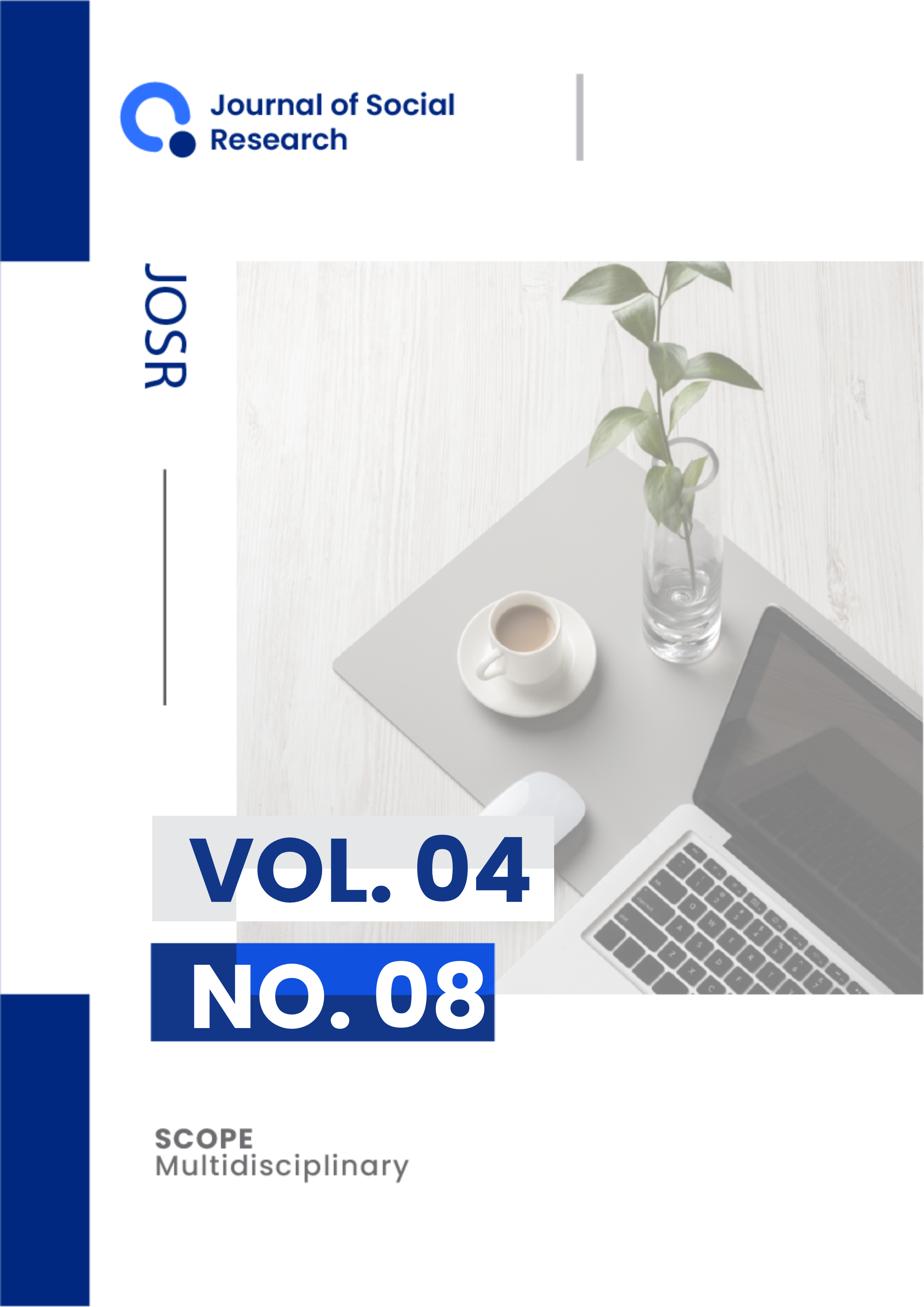Analysis of the Impact of UI/UX Elements on User Satisfaction and Loyalty In E-Commerce Platforms: An Empirical Study on the Tokopedia Platform
DOI:
https://doi.org/10.55324/josr.v4i7.2613Keywords:
E-commerce, PLS-SEM, Tokopedia, User Experience, User Interface, User Loyalty User SatisfactionAbstract
The increasingly intense competition in Indonesia's e-commerce industry is compelling platforms like Tokopedia to shift from price war strategies to enhancing user experience to build long-term loyalty. This study aims to analyze the influence of User Interface (UI) and User Experience (UX) elements on User Satisfaction and User Loyalty on the Tokopedia platform. Specifically, this research also examines the mediating role of User Satisfaction in the relationship between UI/UX and User Loyalty. This research utilizes a quantitative approach with non-probability sampling through a purposive sampling technique. Data were collected via an online questionnaire distributed to 150 active Tokopedia users residing in the Jabodetabek area. The data analysis technique used is Partial Least Squares Structural Equation Modeling (PLS-SEM) with the SmartPLS 4 software. The results indicate that User Interface (UI) and User Experience (UX) have a positive and significant effect on User Satisfaction. Subsequently, User Satisfaction is also proven to have a positive and significant effect on User Loyalty. However, the key finding of this research is the insignificance of the direct effects of UI and UX on User Loyalty. Further analysis confirms the role of User Satisfaction as a full mediation variable. This indicates that the entire influence of UI and UX on User Loyalty is fully channeled through User Satisfaction. This study concludes that satisfaction is a crucial strategic bridge that must be crossed to convert a good user experience into tangible customer loyalty. The implication for Tokopedia is that investments in UI/UX improvements will not be effective in increasing loyalty if they are not accompanied by strategies that ensure these features genuinely satisfy users first.
Downloads
Published
Issue
Section
License
Copyright (c) 2025 Annisa Triana Talmera, Mahendra Wardhana, Vita Ratnasari

This work is licensed under a Creative Commons Attribution-ShareAlike 4.0 International License.

This work is licensed under a Creative Commons Attribution-ShareAlike 4.0 International.
Authors who publish with this journal agree to the following terms:
- Authors retain copyright and grant the journal right of first publication with the work simultaneously licensed under a Creative Commons Attribution-ShareAlike 4.0 International (CC-BY-SA). that allows others to share the work with an acknowledgement of the work's authorship and initial publication in this journal.
- Authors are able to enter into separate, additional contractual arrangements for the non-exclusive distribution of the journal's published version of the work (e.g., post it to an institutional repository or publish it in a book), with an acknowledgement of its initial publication in this journal.
- Authors are permitted and encouraged to post their work online (e.g., in institutional repositories or on their website) prior to and during the submission process, as it can lead to productive exchanges, as well as earlier and greater citation of published work.








